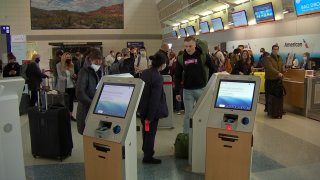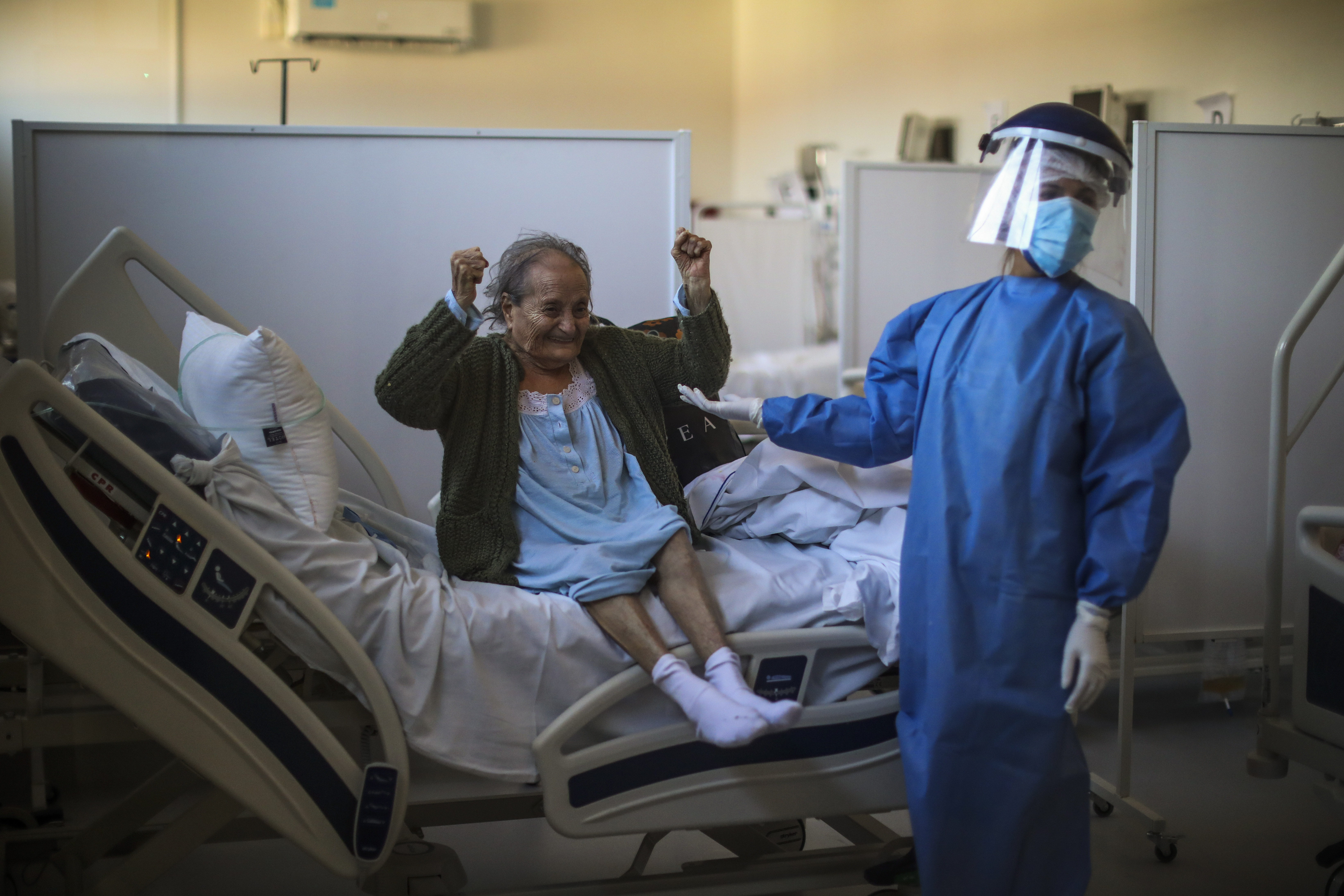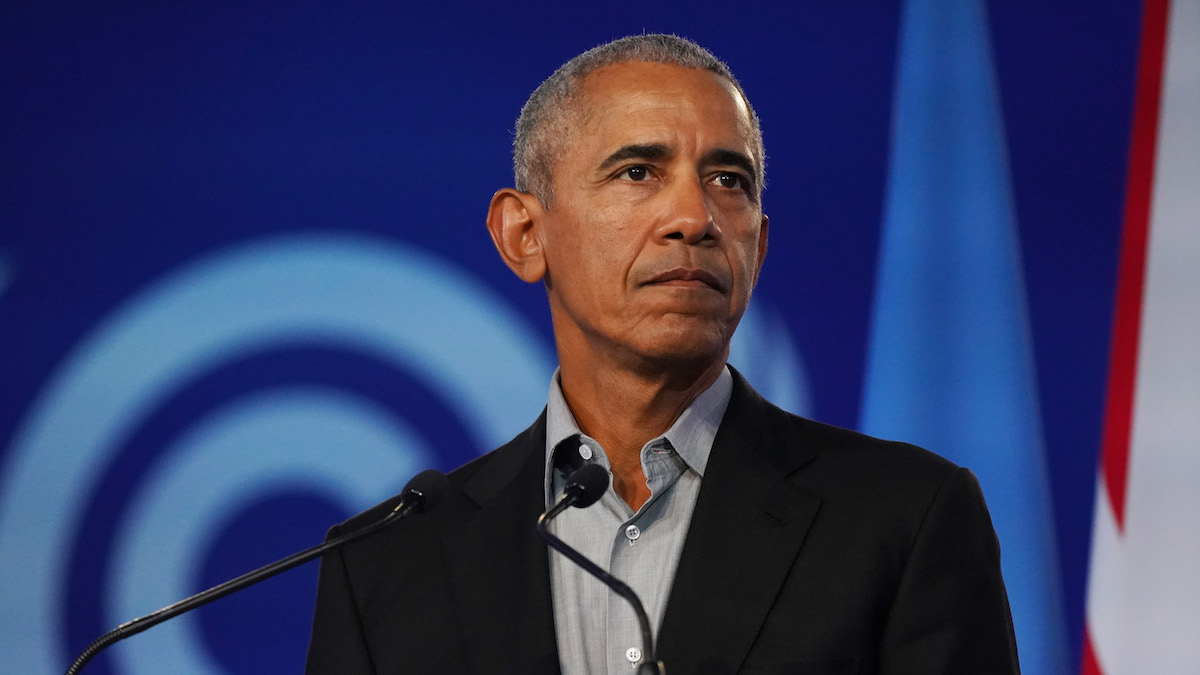
This spring break season, the Transportation Security Administration is bracing for a spike in travel volume that will surpass 90% of pre-pandemic levels for March.
For United Airlines, this weekend is expected to be one of the busiest for spring break travel.
With COVID restrictions rescinded in much of the country, people are seizing the opportunity to get away and take in different sights. Despite relaxed mitigations, the TSA's mask mandate remains in place.
Under the mandate, masks are required on buses, trains and airplanes as well as at transportation facilities until April 18.
Feeling out of the loop? We'll catch you up on the Chicago news you need to know. Sign up for the weekly Chicago Catch-Up newsletter here.
The TSA last week announced the extension of its mask requirement on public transportation for one month following a recommendation by the Centers for Disease Control and Prevention.
More COVID-19 Pandemic Coverage
With delays expected during this busy period, the agency listed travel tips online for the "fastest and most efficient" checkpoint experience, which includes abiding by the mask requirement.
Here's the full list of travel tips:
1. Continue to wear a face mask
The mask requirement for public transportation, including on flights and in airports, will remain in effect through April 18th at least, so don't forget the mask.
2. Follow the rule that limits liquids
Gels and aerosols are limited to 3.4 ounces or less in carry-on baggage. There is an exception for hand sanitizer, which has a temporary 12-ounce limit. The general definition for this rule is that if you can spill it, spread it, spray it, pump it or pour it, then the carry-on quantity is limited.
3. Pack food in a clear plastic bag
If you plan to travel with food, pack it in a clear plastic bag and place that clear plastic bag into your carry-on bag. When you get to the security checkpoint, remove and place the clear bag containing your food into the bin to reduce the opportunity for cross-contamination between the food and bins.
4. Leave prohibited items at home
To reduce the likelihood having to explain to TSA officers at the checkpoint, be familiar with the TSA prohibited items list for carry-on bags. Travelers can check for prohibited items by checking the TSA page.
5. Do not bring your firearm to a security checkpoint
Airline passengers can fly with firearms only in checked baggage. All firearms must be properly packed and declared with your airline at check-in. Contact your airline for additional guidance. Firearms at TSA checkpoints represent an unnecessary risk and an expensive mistake, as you may be subject to a civil penalty.
6. Give yourself plenty of time
Travel volumes are expected to be higher than they have been and some passengers may be traveling for the first time in quite a while. Extra time may be needed for parking, rental car and airline check-in counters, and at the checkpoint.
7. Empty your pockets when you get to the checkpoint
Place items inside your carry-on bag instead of into a bin to reduce touchpoints and not leave anything behind.
8. Listen for guidance from TSA officers
They may be providing information on new technologies that help reduce touchpoints and make for a more streamlined and convenient passenger experience.
9. Contact TSA with your questions
Tweet your questions and comments to @AskTSA or via Facebook Messenger, weekdays from 8 a.m. to 6 p.m. EST. You can also call the TSA Contact Center at 866-289-9673 from 8 a.m. to 11 p.m. EST or 9 a.m. to 8 p.m. on weekends and holidays.
10. Enroll in TSA PreCheck
The TSA PreCheck program lets users avoid removing shoes, belts, liquids, laptops and light jackets. Most new enrollees receive a Known Traveler Number within five days, and membership lasts for five years.



